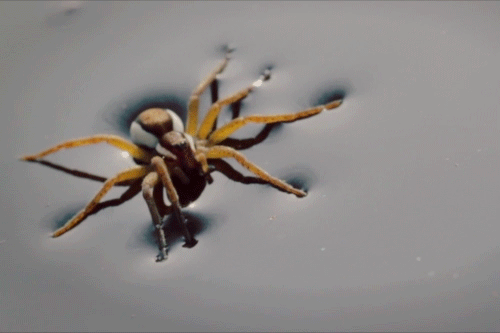Wacky Plants
Wacky Plants
Plant Basics
Crazy Concepts
This pale blue gas can be produced by lightning strikes but nowadays is usually caused by human activity and lingers over cities, leaving smog and haze like in the city below:

Ozone

In the picture at letter A, it's one of 3 main plant parts we see
Leaves
One main type of plant which has these come in two varieties:
- those that produce flowers
and -those that produce cones

Seeds
This process is the basis for the food chain for 99.9% of life on earth, and that allows plants change light energy from the sun into good stuff that the world can eat
Photosynthesis

This type of plant is non-vascular and usually survives in environments close to water or in rainy, wet places. An example below lives in Antarctica (it's one of the only things that can grow there)

Moss
Plants are usually this, which means made up of many different cells
Multicellular
If you're looking at a leaf or a piece of algae and wondering why it's so green, it's probably due to this magical pigment
Chlorophyll
This type of plant is non-vascular and usually survives in environments close to water or in rainy, wet places. An example below lives in Antarctica (it's one of the only things that can grow there)

Moss
This is the process of a living thing maintaining stable/constant living conditions with its environment
Homeostasis
The island of Taiwan has the highest density of species of these, a type of seedless plant that:
- has fronds
- produces spores
- and is vascular
Ferns
Part B of the tree below contains two types of vessels. Phloem, which carries sugars, and _____, which carries water

Xylem
This process involves the creation of energy from the Sun by certain organisms who have the abilities of this very "green" technology
(+300: Name the Kingdom of life typically involved with this)
(+600: Name the organelle and the pigment involved)
Photosynthesis
(Plants - chloroplasts; chlorophyll)

These are the chemical reactions involved in an organism when it uses up or stores energy in order to do work and "m"aintain life
Metabolism
The Venus Fly-Trap does plenty of photosynthesis, but in a pinch, it's known for grabbing an insect snack, which means that it is this word which means "eating meat"

Carnivorous
Plant cells have nuclei, which means that they are this word starting with an "E"

Eukaryotic / Eukaryotes
The fact that water has a high amount of this means that lightweight moving objects, like this spider, can easily "walk on water". It also explains part of what allows water to travel upwards in a plant against gravity: (two words)

Surface tension
This describes the movement of water across a cell boundary with no active energy needed - starts with an "O"
Osmosis
The passing of water from the mouths (stomata) of leaves as a plant does what it does - don't confuse it with perspiration! Starts with a "T"

Transpiration
The roots have these two main functions:
1. To pull water and minerals out of the soil
2. To support the plant / keep it from falling over / getting pulled out
This is the passing of water from the mouths (stomata) of leaves as a plant does what it does - don't confuse it with perspiration! Starts with a "T"

Transpiration
